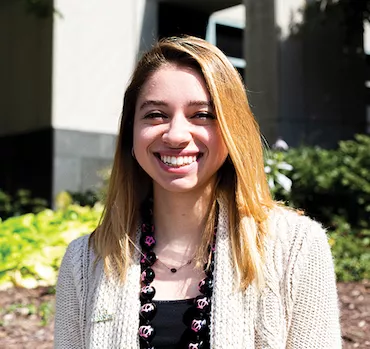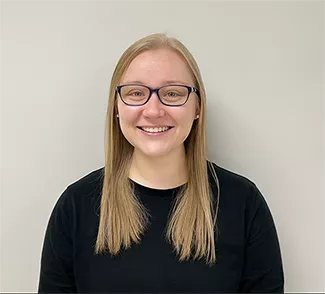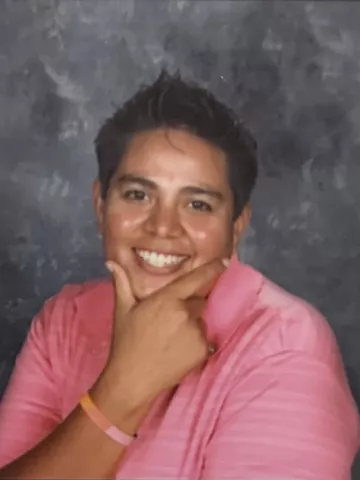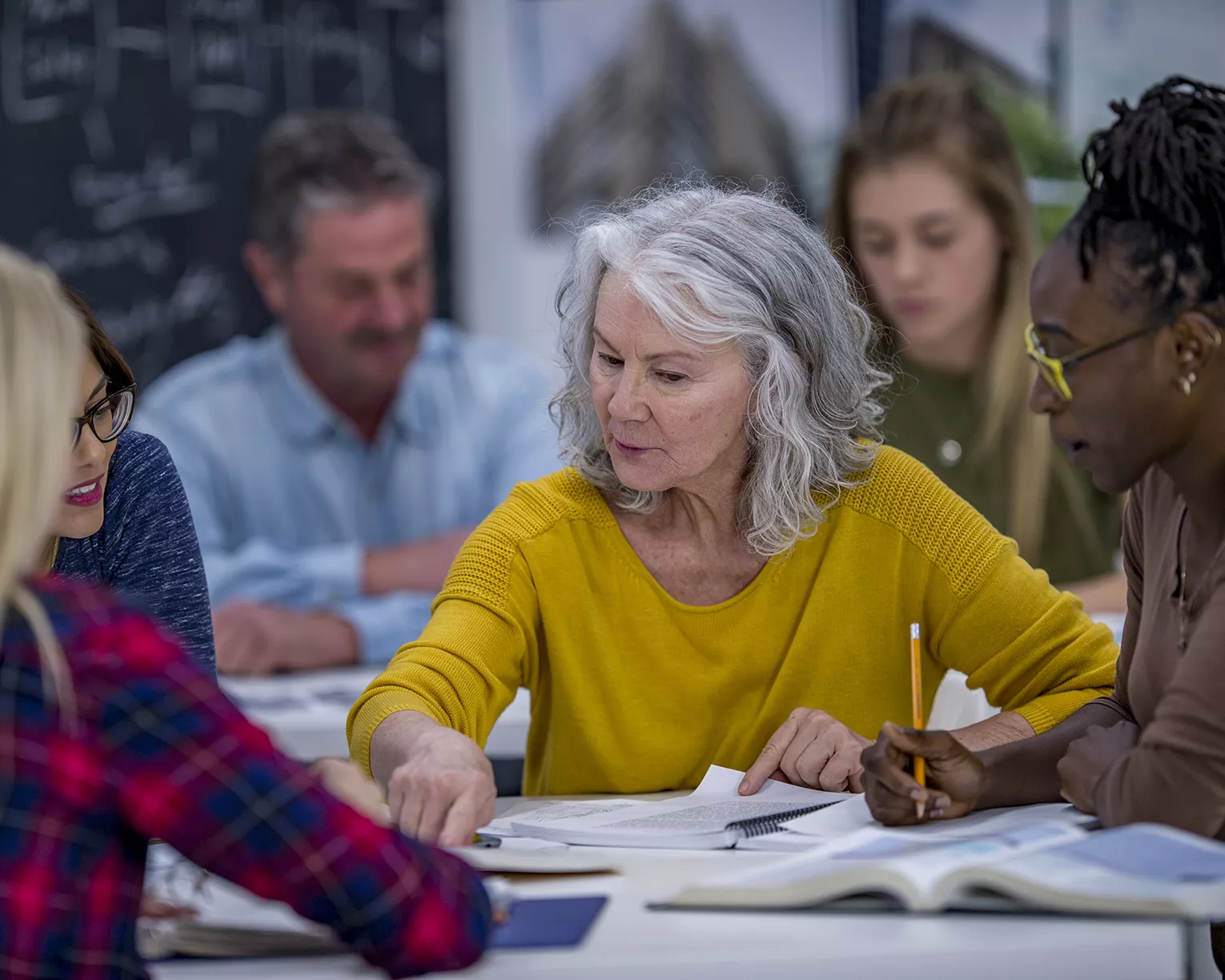Key Takeaways
- Develop your own teaching style and learn to establish a work-life balance to help sustain your career.
- Take on challenging positions as a student-teacher to help prepare your for your first classroom.
- Create a safe and welcoming space early on so all your students can thrive.
You’ve spent hours studying, student teaching, and preparing for licensing exams, but transitioning into your first teaching job may still feel daunting. That’s normal! Remember that personal growth and development is a continuous process—and it begins the moment you set foot in the classroom.
Your first year as a teacher presents an opportunity to outline your long-term priorities and goals, whether you aim to create positive connections with students, develop your own teaching style, or collaborate more with your local union.
Luckily, your early career colleagues are here to help you along, offering some advice about how to jump-start your professional growth and make the most of your first year in the classroom.
Find Your Own Voice and Establish Healthy Boundaries
Alex Toay never thought she would be an educator. For almost 10 years, she pursued her dream of working with people who have disabilities. But when it came time for her next step, Toay decided to continue serving this community as a special education teacher.

A former member of NEA’s Aspiring Educators program, Toay is now in her first year of teaching at Greenbrook Elementary School, in Hanover Park, Ill. One of the most important things that early career educators can do, she says, is to establish their own pedagogical voice.
“It’s all right to disagree with some of the things you learned from your mentors,” Toay says. “If you walk away from your student teaching experience with their exact classroom views and outlook, then you won’t be able to foster your own ideas and opinions.”
Her approach includes encouraging students to share personal stories in class and allowing veteran educators to observe her teaching style. She also believes in changing up the paradigm of new teachers working overtime to prove their worth to the school community.
”You need to ask questions and establish boundaries around the work that you do,” Toay suggests. “Spending hours doing unpaid work before or after school and on the weekends can contribute to burnout pretty quickly and isn’t expected of you.”
To avoid falling into a pattern of constant work, Toay recommends creating a healthy work-life balance—a necessity if you plan to teach for the long term.
“I really believe in changing the first-year teacher narrative of being in survival mode,” she says. Toay even makes a point of leaving her school laptop in the classroom and refraining from checking her work email outside of working hours. “If I can start these habits now, then I hope I can keep them going through the rest of my career,” she says.
Open Yourself Up to New Experiences

Elementary school educator Abigail Linnane is now in her first full year of teaching in the Green Bay Area Public School District, in Wisconsin. Her advice to new educators? Keep an open mind when entering the classroom, even if you already have your heart set on a specific career path.
Linnane’s university offered her the chance to student teach in the school of her choice. She could have selected the neighboring school district, where she grew up. But she told the placement office she was willing to teach in any school.
“They placed me in a rough school, but I think that experience made me so much more prepared and better equipped [to be a teacher],” Linnane shares.
After graduating in the winter semester, Linnane received her substitute license and used the rest of the school year to gain hands-on training. She worked as a substitute teacher almost every day for a month until her teaching license came through. Later that summer, she landed the dream job that she has today.
“Nothing prepares you like being in the classroom and actually [teaching] every day,” Linnane says. “So I think waiting it out and chalking everything up to experience can help a lot when it comes to getting the job you want.
“You’re not going to be perfect at everything right away, but you’re going to continue to grow and learn until you retire.”
Remember that Not Every Student is the Same
Digital media instructor Haleigh Bassing, now in her third year of teaching at Piedra Vista High School, in Farmington, N.M., says it’s important for new educators to make their classroom a safe space. Students should feel comfortable being themselves and speaking with you about any problems they are facing.
“You should work to create a welcoming community right off the bat,” says Bassing, who attended Piedra Vista High

School as a student and credits a former teacher with helping her accept her identity as a lesbian.
“Your students come from a variety of different backgrounds, and you need to realize that not all of their experiences will be the same.”
Some students are raised by their grandparents or come from disadvantaged backgrounds. It can be tempting to view your students and classroom through rose-colored glasses. But shake off that impulse.
Overlooking differences can make it difficult to build meaningful connections, and your students may be reluctant to express themselves honestly, she counsels.
Fostering an inclusive and supportive classroom environment will build your students’ trust in you— qualities that successful teachers need in order to have a positive impact on all of their students, Bassing says.
“A simple way to grow as a teacher is to just think about the best teachers that you had growing up,” she adds. “Then try to emulate the things about them that you liked and respected and that resonated with you.”
Learn More: Listen to NEA’s School Me podcast series, “How to Become a Teacher,” at nea.org/becomeateacher. Or download from Apple Podcasts, Google Podcasts, or Spotify.



